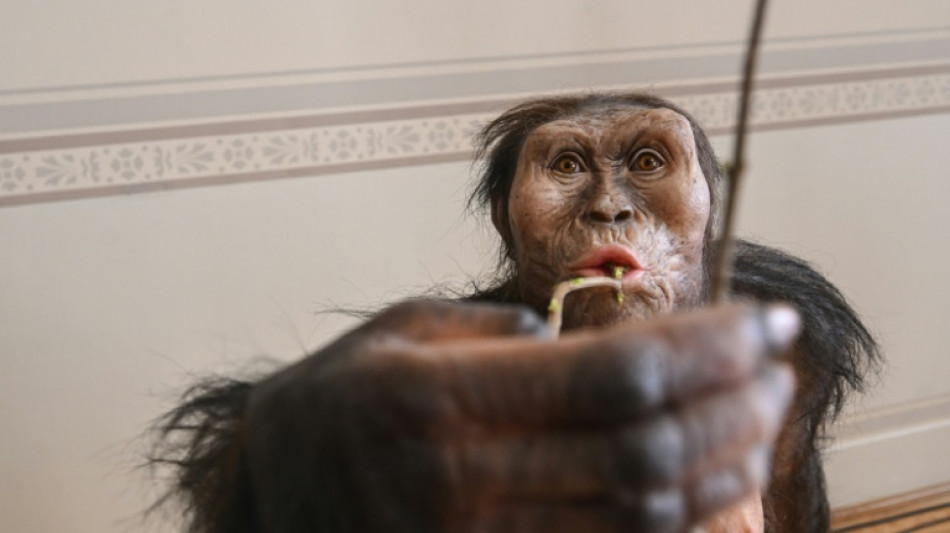
SCS
0.0200

Our ancestors were making tools out of bones 1.5 million years ago, winding back the clock for this important moment in human evolution by more than a million years, a study said Wednesday.
Ancient humans -- also called hominins -- such as the robust Australopithecus are known to have used fragments of bones to dig up tubers from termite mounds.
Even today our closest living relative, chimpanzees, use sticks in a similar way to dig out termites for a tasty treat.
And more than two million years ago, hominins were using crude stone tools in Tanzania's Olduvai Gorge, one of the world's most important prehistoric sites.
But there were no known examples of anyone systematically making bone tools more than 500,000 years ago -- until now.
At Olduvai, a Spanish-led team of researchers found 27 tools made out of the leg and arm bones of big mammals, mainly elephants and hippos.
The discovery "sheds new light on the almost unknown world of early hominin bone technology," they wrote in a study in the journal Nature.
To the untrained eye, the tools might seem like random bits of bone.
But for the researchers, they are proof of the remarkable cognitive abilities of our distant ancestors, showing they were capable of choosing the appropriate material and fashioning it for their needs.
"There is a clear desire to change the shape of the bone to turn them into very heavy, long tools," Francesco d'Errico, an archaeologist at France's Bordeaux University and study co-author, told AFP.
The unknown hominins used rocks as hammers to shape the bones. The resulting tools ranged from 20 to 40 centimetres (eight to 15 inches) long, some weighing up to a kilo.
"In some cases there are even notches in the middle of the bone, possibly so they could hold it better in their hands," d'Errico said.
The big, pointy tools are thought to have been used to butcher the carcasses of large animals.
- From axes to needles -
At the time, stone tools were being made in a far more rudimentary manner.
Very few large stone tools have been found at Olduvai, d'Errico said, possibly because the quartz available at the site was not well-suited to the difficult job of cutting up big animals.
It was the Acheulean culture, which was emerging in Africa at around the same time, that first cut stones into hand axes, also called bifaces.
This invention represented a major advance, making it possible for ancient humans to properly slice or skin their prey.
"The hypothesis of the study is that the bone-cutting at Olduvai is an original invention, during a moment of transition to bifaces," d'Errico said.
According to this theory, the bone techniques developed at Olduvai disappeared from the planet for a million years.
It would eventually reappear in places such as the area of modern-day Rome, where a lack of good big rocks spurred hominins to carve elephant bones into hand axes.
It is also possible that the techniques continued throughout the years "but these bones have not been properly identified in other archaeological sites," d'Errico said.
As the human line evolved, so did the sophistication of the tools we carved out of bone.
For example, the first needles with eyes were made from bone in China and Siberia, only arriving in Europe around 26,000 years ago, d'Errico said.
But that is another "very long story," he added.
O.Ruzicka--TPP